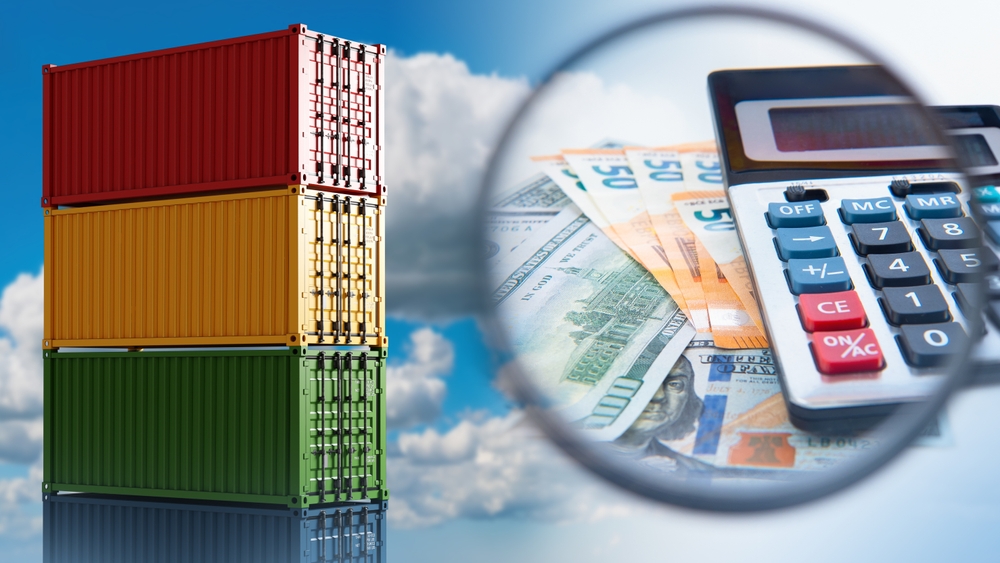Freight costs can be a labyrinth, shrouded in hidden fees and complex calculations. For businesses that rely on freight or third-party logistics (3PL) services, this lack of transparency creates a significant challenge. Inaccurate budgeting, difficulty in comparing quotes, and strained relationships with carriers are just a few of the results. These consequences make transparent freight costs imperative.

Unforeseen costs and budget-busting
Imagine finalizing a freight quote only to be hit with a wave of unexpected charges upon delivery. Fees like fuel surcharges, detention times, and special handling accessorials can inflate the bottom line. While these costs should be outlined in the carrier contract, shippers may not understand the magnitude of their implications without taking the time to delve into them.
For organizations lacking transparent pricing structures, accurately predicting and planning for freight expenses becomes nearly impossible. These companies may struggle to allocate proper resources and face busted budgets due to unexpected charges.
Difficulty in cost comparisons and negotiations
Getting the best rate is critical for shipping operations, but it’s possible only through cost transparency. Obscure pricing structures make comparing quotes from different carriers or 3PL providers an arduous task. Vague language and hidden fees inhibit the ability to determine the true “all-in” cost, hindering informed decision-making.
Negotiating is another challenge. Without an understanding of cost breakdowns, businesses lack the leverage to negotiate for lower rates or more competitive pricing. This limitation is particularly troublesome in expanding carrier pools.

Building trust and long-term partnerships
Transparency goes beyond just seeing a clear breakdown of costs. It fosters trust and strengthens relationships with carriers and 3PL providers. When all parties have access to the same information, communication becomes more open and collaborative. Well-defined cost expectations enable better planning and proactive problem-solving.
Ultimately, transparency leads to a more reliable and consistent service, benefiting both the company and the carrier. Clear costs allow for clear expectations. Understanding the level of service you are getting and the price of that service will give you a true picture of the value.
Freight cost transparency is paramount
With freight invoice audits, cost transparency is crucial. Businesses can encourage transparency by requesting detailed cost breakdowns — including potential surcharges and accessorial fees — while taking steps to clarify, standardize, and benchmark costs across all carriers.
By prioritizing transparency in their freight operations, companies can gain control of their budgets as they optimize their supply chain and build lasting partnerships. More importantly, they can ensure they’re not losing money (or leaving it on the table).